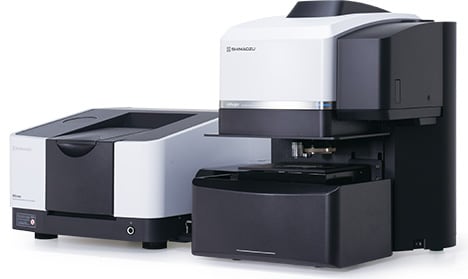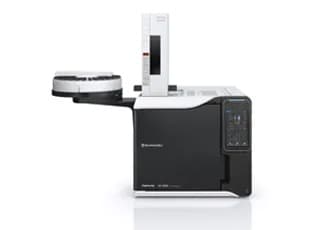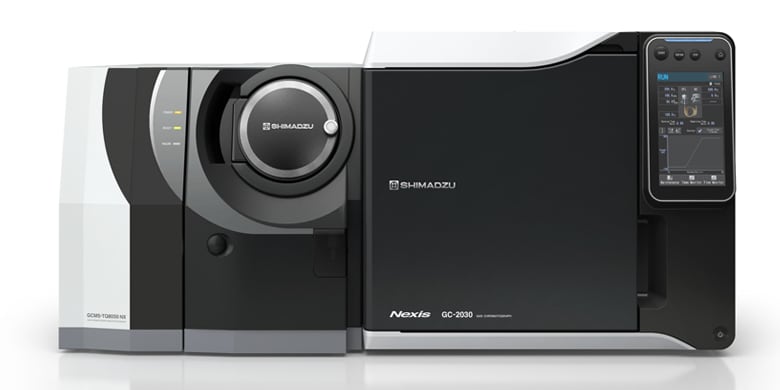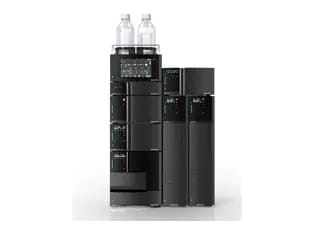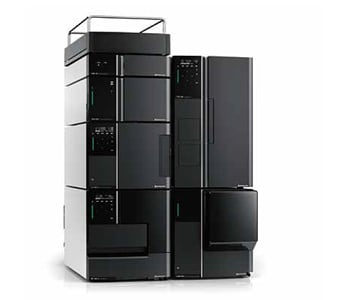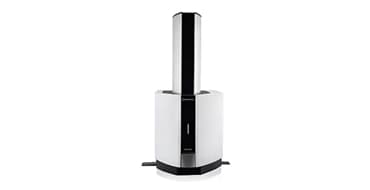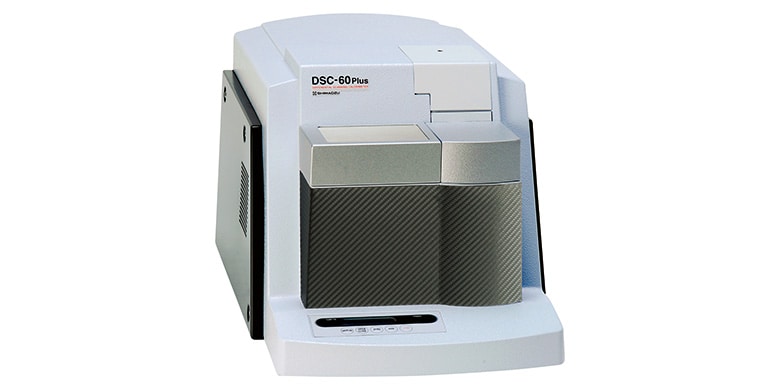Request More Information
Small Molecule Analysis Compendium
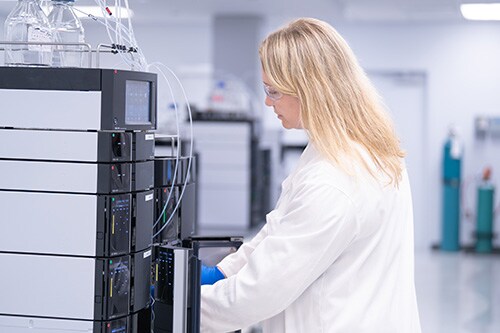
Starting in basic target discovery, the need for investigatory pharmaceutical research is present at every stage in the development and launch of a therapeutic product. Even after release there can be a need to investigate unexpected drug outcomes or issues with process manufacturing. Often the degradants, metabolites, or interactions with endogenous compounds need to be elucidated in the process of drug development which may require a multitude of techniques from matrix-assisted laser desorption ionization (MALDI) mass spectrometry to crystalline transition thermal analysis.
With Shimadzu’s full line of analytical instrument solutions, we offer tools to meet the needs of your tasks characterizing novel small molecules. For basic metabolomics research, advanced method development, or process impurity identification, our flexible and robust instrument solutions are the ideal platform for your small molecule analysis.
Featured Applications
FTIR & Raman
Gas Chromatography
Gas Chromatograph-Mass Spectrometry
High Performance Liquid Chromatography / Supercritical Fluid Chromatography (SFC)
- Improved Analytical Workflow for Phospholipids by Nexera-e and Co-Sense for Impurities
- Separation of Lipids Using the Nexera UC Supercritical Fluid Chromatograph
- Analysis of Ions in Drugs (Part 5) Analysis of Organic Acid Counterions by Ion Exclusion Chromatography
- Simultaneous Analysis of Carboxylic Anhydrides and Hydrolysates Using Supercritical Fluid Chromatography
- Determination of Ticagrelor and its related impurities content from oral tablets as per proposed IP monograph UHPLC method
Liquid Chromatography Mass Spectrometry
- Simplified approach for structural elucidation and quantitation for pharmaceutical API and related impurities
- Structural Analysis of Impurities in Pharmaceuticals Using Trap-Free 2D HPLC and the LCMSTM-9030
- Lipid Mediator Profiling of Human Serum Using the Triple Quadrupole LC/MS/MS
- Development of bioanalytical method for determination of intact human insulin from plasma using LC/MS/MS
- LC/MS/MS Method Package for Steroid Hormones
- Analysis of Impurities in Montelukast Using Single Quadrupole Mass Spectrometer
MALDI-Based Instruments and Solutions
- MS Imaging of Low Molecular Weight Metabolites Using a Sublimation/Recrystallization Method with 9-Aminoacridine (9AA)
- Rapid Measurement of Low-molecular Compounds Using a Benchtop MALDI-TOF Mass Spectrometer
- Characterisation of a PEG Conjugated Medicine; Polymer Analysis Using the MALDI-8020 Benchtop Linear MALDI-TOF Mass Spectrometer
Thermal Analysis
News / Events
-
AAPS Pharm Sci 360 2025
November 9-12
Henry B. Gonzalez Convention Center
San Antonio, TX -
Pharma Community Network Event
Shimadzu Scientific Instruments and ZefSci invite you and your analytical teams to a pharma community networking event to celebrate 150 years of science and innovation at The Foundry & Lux in South San Francisco. Our event will be built around innovation, collaboration, and connection.
-
ASMS (American Society for Mass Spectrometry) 2025
June 1-5
Baltimore Convention Center
Baltimore, MD -
Shimadzu Scientific Instruments Opens Boston Location of Its R&D Center Focus will be on promoting customer-oriented development to expand business in the pharmaceutical field
Shimadzu Scientific Instruments, Inc. (SSI, Columbia, Maryland, USA), a Shimadzu Group company, has opened a satellite lab in Boston, Massachusetts to be the base of its collaborative research and development activities on the East Coast. Established to conduct research and development more closely linked to customers, SSI's R&D Center consists of three bases, with the main facilities at its Maryland headquarters, a West Coast location, and this new space in Boston near the city center. The Boston lab was set up by partnering with Labshares, a shared laboratory service provider for life science companies.



